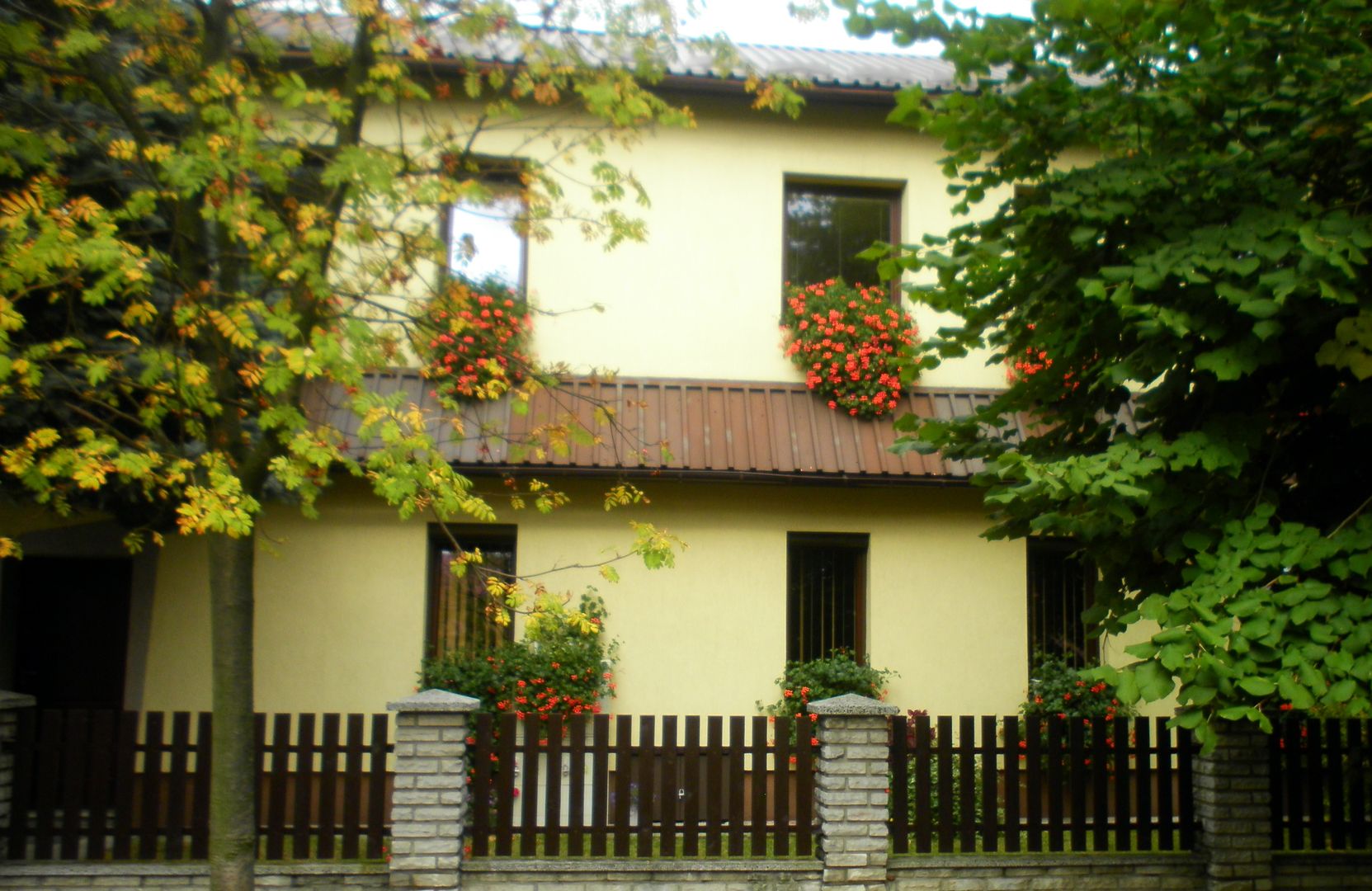Olkusz
6.67

Overview
Olkusz, a town in the Lesser Poland Voivodeship, is a place with a rich history and fascinating architectural monuments dating back to the Middle Ages. Among its most important historical sites are the 15th-century Collegiate Basilica of St. Andrew the Apostle and the remnants of 14th–15th-century defensive walls and the town hall. The city was an important mining center, particularly due to the extraction of silver and later zinc, which significantly influenced its development. In the 14th century, Olkusz gained the status of a judicial center in Lesser Poland.
Over time, the city faced various crises, including those related to the Swedish Deluge and the partitions of Poland, which negatively impacted local industry. Despite these challenges, the 19th century brought industrial development, including the opening of a mine and an enamelware factory, which still operate today.
Culturally, Olkusz is enriched by diverse religious communities, including the Roman Catholic Church and other denominations. The city also maintains partnerships with several towns across Europe. Modern Olkusz serves as a cultural and educational hub, with numerous schools, kindergartens, and cultural institutions such as the Cultural Center. Interesting attractions include a sanitary helipad and a multipurpose sports and events hall, making the city well-suited to the needs of contemporary residents.
Located along key transportation routes, Olkusz is also an important point in regional transit. A notable curiosity is the record low temperature of -40.4°C recorded in 1929. The city continues to develop, though efforts to mitigate the negative effects of industrial activity remain ongoing.
Location
2025 Wizytor | All Rights Reserved